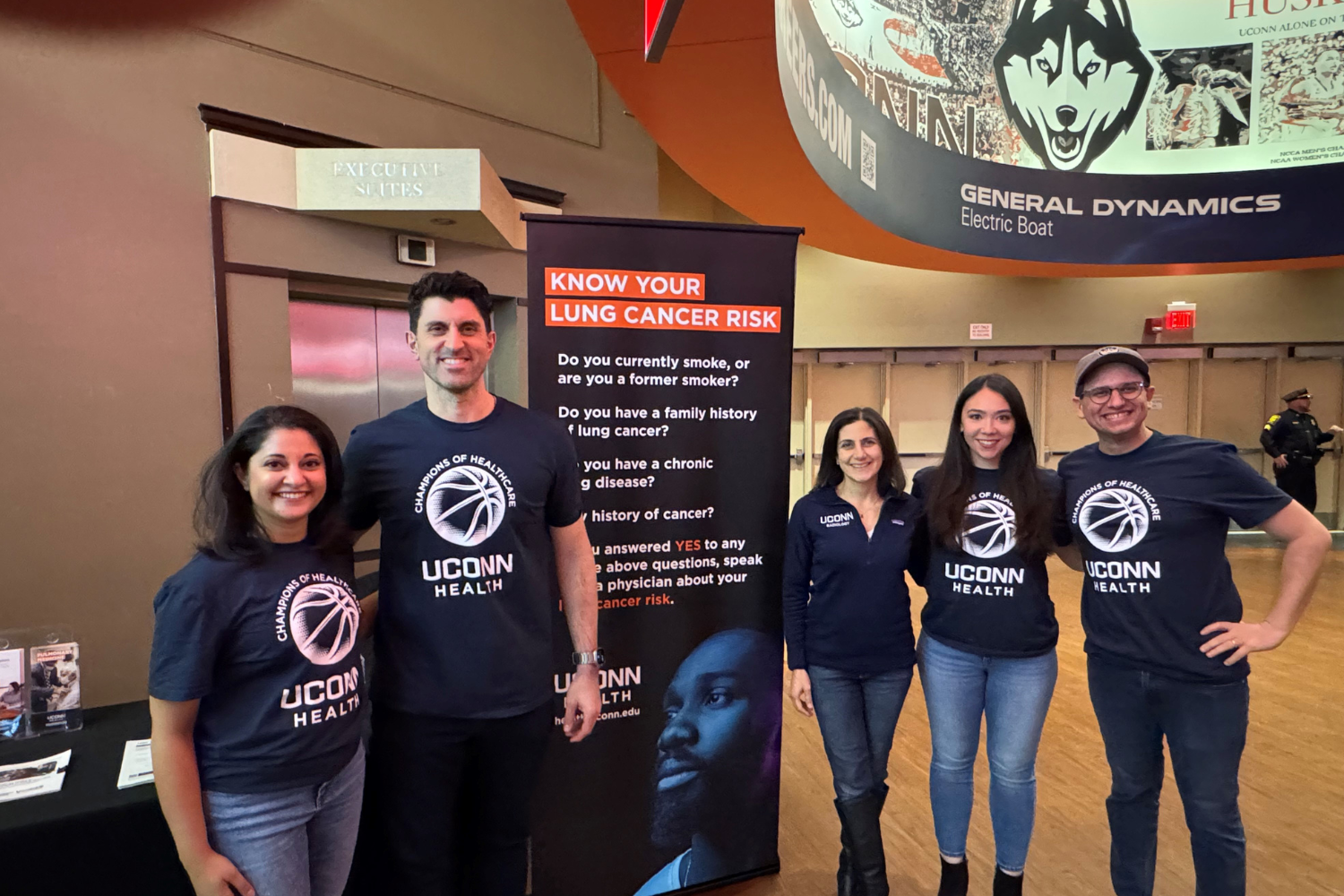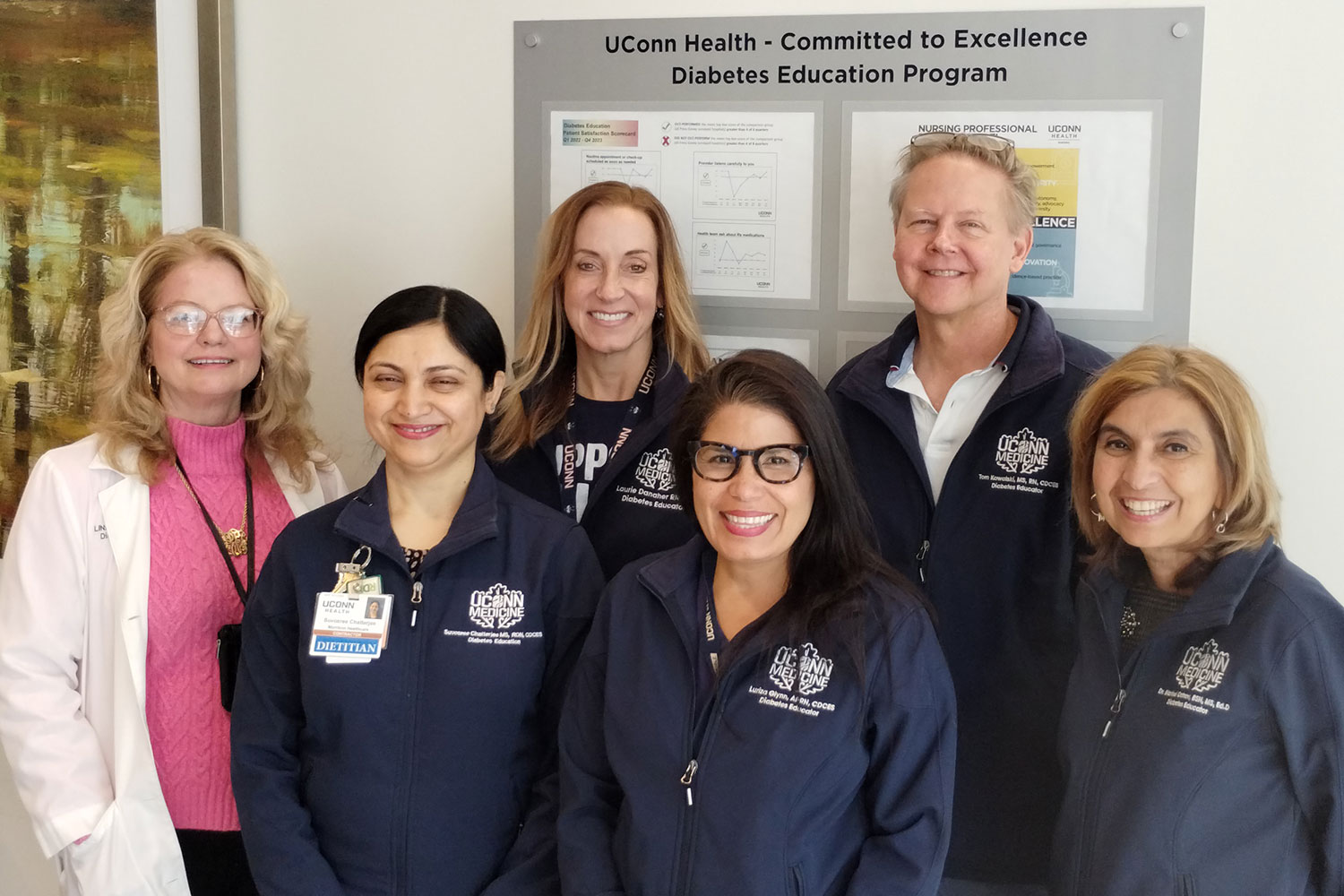Neuroscience students presented research on mouse motivation, broken cannabinoid receptors, and aged bladders at the annual graduate student neuroscience datablitz on Oct. 29.
The event brings together neuroscience researchers from across departments and campuses to discuss mutual interests and take in a keynote speech, given this year by Kay Tye from MIT. The datablitz, in which several lucky graduate students get to present fast-moving summaries of their research to a live audience and then take questions, is always a highlight of the event.
Rachel Dopart from UConn pharmacist Debra Kendall’s lab discussed her work exploring how cannabinoid-1 receptors – that is, the places in the body that bind to the active ingredients in natural and synthetic marijuana, as well as similar compounds made by our own bodies – work, and sometimes don’t. She showed a map of all the places in the body that have cannabinoid-1 receptors (basically everywhere), and showed how various mutations might disrupt how they function.
Cara Hardy, a graduate student at UConn Health working with urogynecologist Phil Smith and director of the Center on Aging George Kuchel, presented intriguing evidence that old bladders may not be entirely responsible for urinary incontinence. The brain probably has something to do with it too, and good communication and feedback between the bladder and brain may be key. Hardy also told us more about male mice’s pee patterns than we had ever thought to ask:
“Male mouse voiding looks like a Jackson Pollock painting,” she said. “Spatters everywhere.”
Mice played a starring role in the next two talks as well, both from members of the psychology lab of professor John Salamone. But instead of art, they were demonstrating motivation, or the lack of it.
Ph.D. student Jen-Hau Yang explained that lack of motivation is a serious problem that occurs in many mental disorders. He set up an experiment to show that mice with normal motivation will work very hard to get a good reward, in this case a milkshake. But if you dose that same mouse with haloperidol, a drug that blocks the effects of dopamine, it won’t work nearly as hard for that milkshake. And mice with a certain human-like variation of the COMT gene also had a harder time pushing themselves to get that tasty shake.
Renee Rotolo, also a Ph.D. student, explored a different side of motivation, demonstrating that drugs that block brain cells from clearing away dopamine can reverse chemically-induced lack of motivation. Rotolo uses lisdexamfetamine, but other drugs with similar effects include cocaine and others known to have a high potential for abuse. Rotolo is now looking at drugs that selectively have this action only for certain brain receptors that are not associated with addiction and psychosis.
The annual neuroscience event happens in Storrs every year in the autumn, and is one of several opportunities at UConn for researchers with ties to neuroscience to present their work and meet with their peers who may be in other departments or campuses but may do synergistic work.



